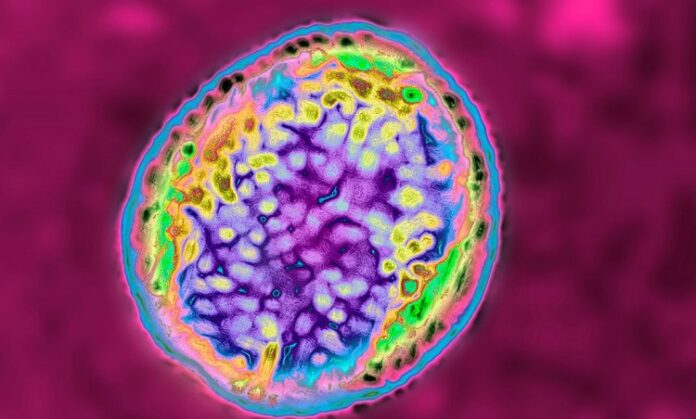| Subscribe to our YouTubeChannel |
|
|---|
On Monday, the Centers for Disease Control and Prevention (CDC) of the United States announced that the dangerous virus that causes haemorrhagic fever like Ebola can now also be transmitted by human-to-human contact.
At a time when countries across the world are struggling to contain the Covid-19 pandemic, the Centers for Disease Control and Prevention (CDC) of the United States has announced that people can now also transmit a deadly virus that cause haemorrhagic fever like Ebola.
Sciencetimes.com quoted experts after the CDC’s announcement as saying that even in the event of an infection, Chapare was unlikely to cause a pandemic on the Covid-19 scale. It also warned, however, that there were reasons to be alarmed about a possible outbreak in Chapare.
Here’s everything you need to know about haemorrhagic fever in Chapare:
- The Chapare virus was first identified in the province of Chapare in Bolivia in 2004, from where it gets its name. Even though it disappeared in 2004, last year’s outbreak affected at least five individuals.
- Fever, abdominal pain, vomiting, bleeding gums, skin rash, and pain are some signs of Chapare. Though this virus can be transmitted through bodily fluids and even kill infected individuals, no active cases have been reported this year by sciencetimes.com.
- Three out of the five people infected in the 2019 outbreak were health staff, of which two died, sciencetimes.com also said.
- In the sample of bodily fluids originally believed by doctors to be dengue, the first indicator of last year’s outbreak was found. However further studies have not shown any indications of dengue. Tests for two other dangerous haemorrhagic viruses, yellow fever, and Machupo, were proceedings out. However, the results were negative once again.
- After the Pan-American Health Organization (PAHO), which was in partnership with the CDC, sent it a sample, the virus was finally known as Chapare. An RT-PCR test has also been developed by the CDC to diagnose the virus in the future.
- It was this outbreak that showed that the virus could spread from individual to individual. In addition, experts say that the virus is present in a survivor’s semen for a total of 24 weeks or 168 days after being infected.
- In rodents around the home of the first infected individual, the Chapare virus was also found. However, experts have noted that this may not prove that rodents were the cause of the outbreak.


















